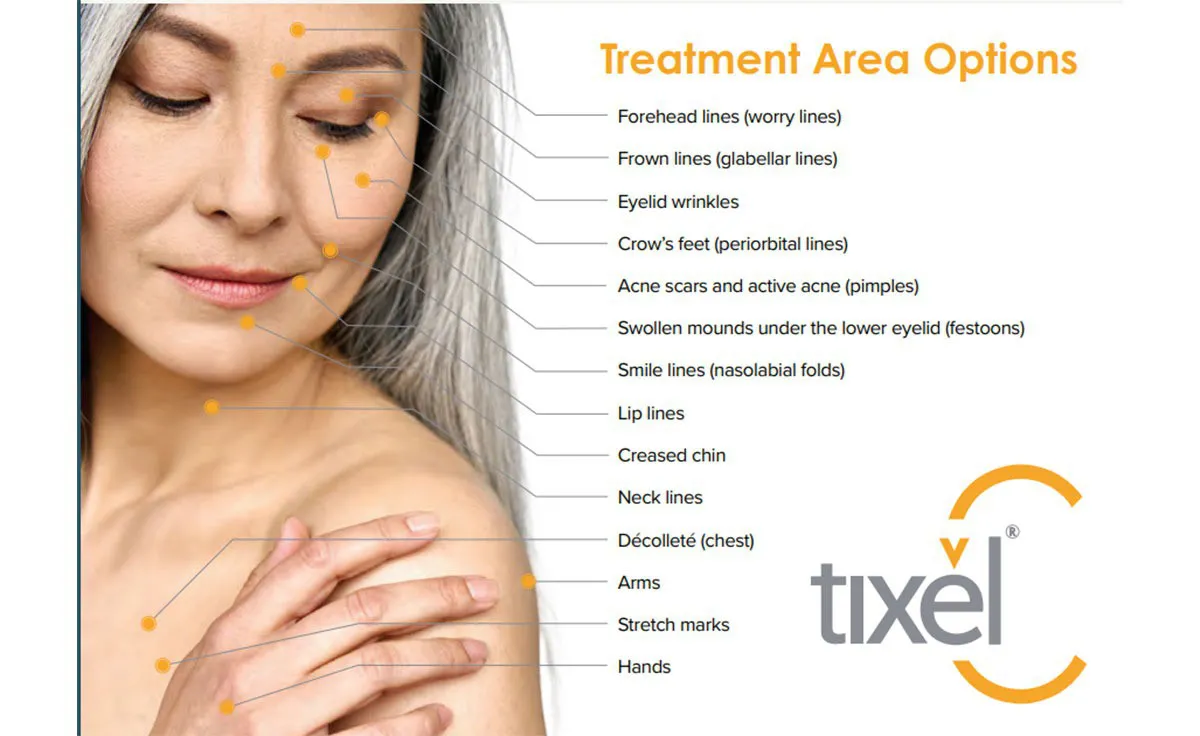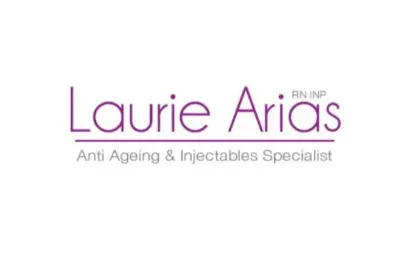When it comes to rejuvenating your skin, it can feel like you're swimming in a sea of options! Tixel is a great option, but how does it measure up against other popular skin resurfacing technologies like CO2 lasers, microneedling, and chemical peels? Let’s take a closer look!
Tixel vs. CO2 Laser – Pain, Downtime, and Effectiveness
Tixel uses Thermo-Mechanical Action (TMA®), a heat-based technology that stimulates collagen production without the need for invasive lasers. It's far gentler than CO2 lasers, which are more aggressive. CO2 lasers work by vaporising layers of skin, which provides deeper resurfacing results but at the cost of more pain and longer recovery times.
- Tixel: Less pain, quicker recovery, ideal for sensitive skin.
- CO2 Laser: More aggressive, effective for deeper skin issues like severe wrinkles or scarring, but requires longer recovery.
If you're looking for a safer, faster treatment with minimal downtime, Tixel wins, especially for those who want a less invasive option.
Tixel vs. Microneedling – Needle-Free vs. Needles
Microneedling uses tiny needles to create micro-injuries in the skin, which kickstarts the body’s healing process and stimulates collagen. On the other hand, Tixel uses heat to create microthermal zones in the skin, without any needles. While microneedling is effective, it involves a bit more discomfort during and after treatment.
- Tixel: No needles, more comfortable, faster recovery.
- Microneedling: Needles create minor discomfort, requires more aftercare.
Microneedling can be more effective for deeper skin issues, but if you’re looking for a gentler option with no downtime, Tixel might be better for you.
Tixel vs. Chemical Peels – The Chemical Approach
Chemical peels involve applying a solution to the skin that exfoliates and peels away damaged skin. While they can improve skin texture and tone, they aren’t as effective at treating deep scars or wrinkles as Tixel. Plus, chemical peels can lead to irritation, redness, and peeling for several days.
- Tixel: Safe for all skin types, no peeling or irritation.
- Chemical Peels: Best for mild texture and pigmentation issues, but come with more recovery time.
Which One is Right for You?
If you’re after a quick fix with minimal downtime, Tixel is the winner. It’s non-invasive, needle-free, and works wonders on improving skin texture, tone, and fine lines. But if you’re dealing with deeper issues like severe scarring or deep wrinkles, other treatments like CO2 lasers or microneedling may be more effective.


